Enlightenment Through Expensive Cameras (and Buyer’s Remorse)
A journey from a £250 Nikon to a €6600 Leica M11, proving that sometimes the best way to cure a gear addiction is to hit the concrete wall at the end of the universe.
Over the past week, I’ve been sequencing my Montreal photobook, reflecting on six years of images. One thing stood out: my most emotionally resonant photos were rarely taken with my fanciest, most expensive camera. This got me reflecting about the role of gear, and, more broadly, stuff, in creating art.
My photography journey began on May 18, 2008, with a Nikon D40. After scouring forums for the perfect starter DSLR, I found it: £250 (around £400 today) of plastic and potential. It arrived just before my first solo travel adventure; two months backpacking through Mexico.
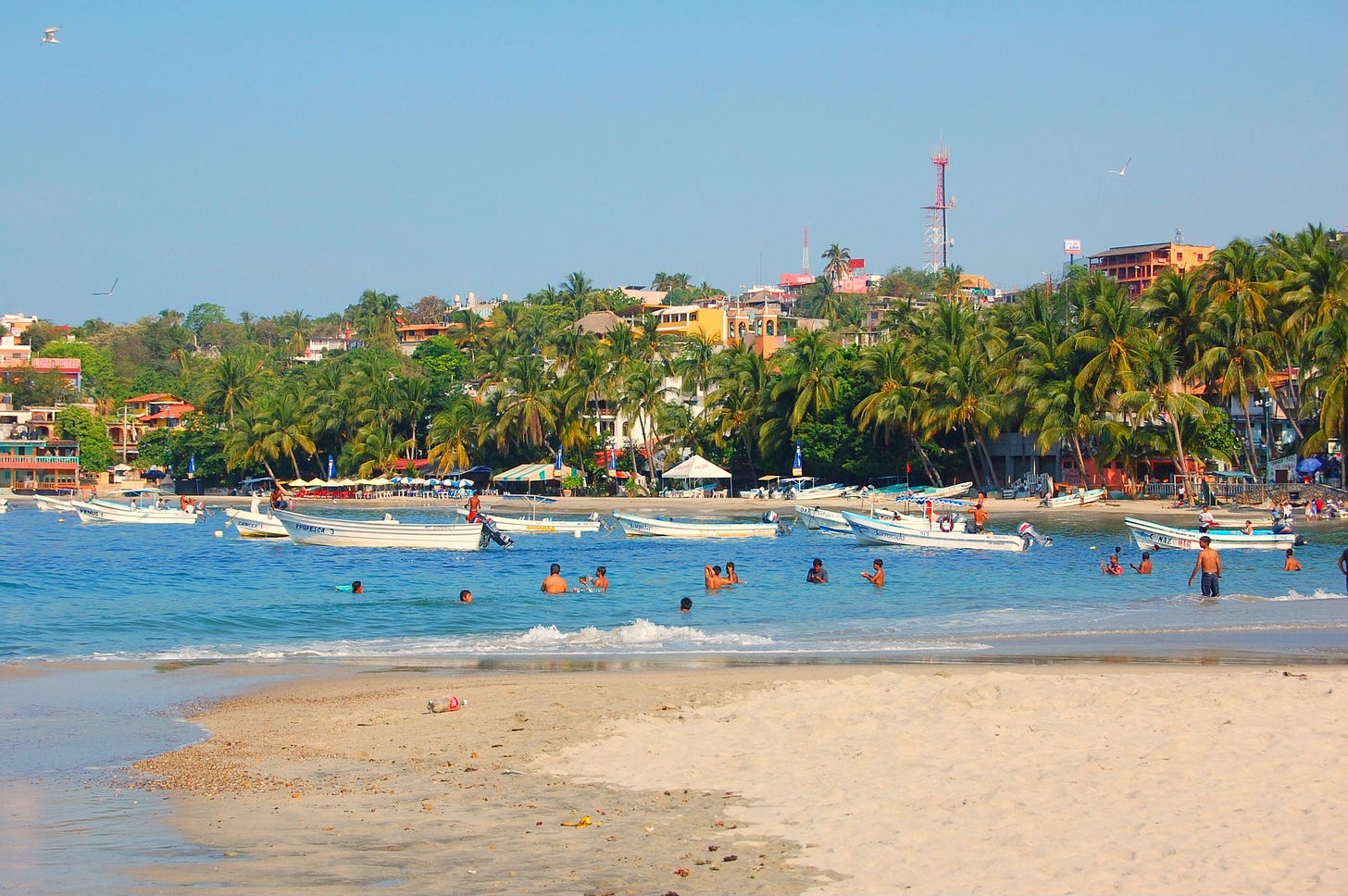
With its no-frills 6-megapixel sensor and 18-55mm kit lens, the D40 was the budget option even for its time. But in Oaxaca’s kaleidoscopic colours and Chiapas’s misty mountain towns, it did its job. And it taught me an early lesson: the camera is just a tool; the moment matters more.
Of course, I haven’t always remembered this. I’m incredibly guilty of indulging in the dopamine-fueled hunt for the “next best thing”.
Five years later, I bought a Canon 60D. It had more megapixels and better features, but its bulky, plastic body felt uninspiring. Lugging it around made me feel like a cringe dad photographer.
Then came Fujifilm, six years later, and it was love at first sight. The retro aesthetics, tactile dials, and film simulations rekindled my joy in photography. I started with the X-T20 and, within a year, spiraled into gear addiction: an X-T3 and seven lenses – wide primes, telephoto zooms, the works.
But the pandemic hit. Cooped up in Montreal, I walked the same streets I’d walked a hundred times before, trying to see them anew. But downtime also meant diving into YouTube gear reviews and forum rabbit holes. That’s where the doubts began.
Forums can be helpful, until they aren’t. At their worst, they’re absurd battlegrounds. Sony fans mocked Fujifilm’s APS-C sensors as “not pro”, while Fujifilm loyalists called Sony cameras soulless “computers with lenses”. Infantile, but it got under my skin. Was my camera holding me back?
So, naturally, I overcorrected. I sold my Fujifilm X gear and went straight for a Fujifilm GFX 50R, a digital medium format beast with a much larger image sensor. The image quality was as good as it gets. But instead of creating, I’d spend hours zooming in on my computer screen, mesmerized by the detail. The camera was heavy, clunky, and slow. It made me more intentional, sure, but at the cost of spontaneity. Most of the time, I left it at home.
Medium format wasn’t the answer for me as a documentary and street photographer. What I needed was something compact, intuitive, and unobtrusive. Inevitably, this brings up the L word: Leica. Revered, mocked, memeified – Leica cameras are absurdly expensive, a punchline for some and a holy grail for others. But there’s a reason they’ve earned their status.
After some obsessive spreadsheet maths, I realized that if I sold all my gear at optimistic prices, I could just about afford a used Leica M11 (lens not included). So, I did it. I sold the lot.
It’s been almost a year now, and I’ve since added a couple of lenses – a 28mm and 50mm – plus a Leica M6 for film. By buying Leica, something no one, least of all me, actually needs, I think I’ve finally cured my gear addiction. Not because I’ve achieved Zen-like contentment but because I’ve hit the concrete wall at the end of the universe. There’s nowhere else to go.
Is it worth it? No. Would I buy it again? Absolutely. It’s a very nice camera.
If I’ve learned anything from this (and I’d like to think I have), it’s this: buy the gear that inspires you, but don’t let it distract you from the actual creating. At the end of the day, no one’s going to remember you for your Leica M11; but they might remember the stories you told with it.
With that in mind, here are a few principles I’ve picked up. Rules I try to live by (not always successfully):
1. Buy cheap, buy twice.
If you’re choosing between two options and one’s clearly better but more expensive, don’t overthink it. The universe knows when you’re cutting corners and punishes accordingly.
2. Buy less, buy better.
Quality over quantity, always. Well-made stuff that lasts is better for your wallet —and, let’s be honest, it’s nice to pretend you’ve got your life together every time you use it.
3. Buy used.
Save money, save resources, and help stop the avalanche of cheap crap filling landfills. Used gear often holds its value better, too.
4. Resist impulsivity.
If I feel the urge to buy something, I wait six weeks. If I still want it after that, I buy it guilt-free. If not, I’ve dodged buyer’s remorse.
5. Buy things that nurture action, not inertia.
Spend on stuff that sparks creativity or movement—cameras, running shoes, snowboards. Spend less on your TV.
6. Invest in experiences.
One day, all your stuff will decay along with the heat death of the universe. But the memories you make? Those stick.
You’ve made it to the end
Thank you for reading! Your feedback and support so far have been incredibly encouraging – a big thanks to everyone who’s subscribed. It means a lot. If you’re enjoying this, feel free to share it with a friend or drop me a message. More stories to come soon—stay tuned! Feel free to follow me on Instagram too.

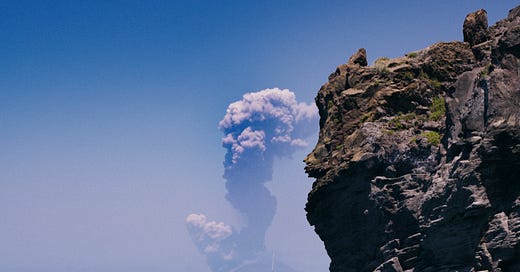



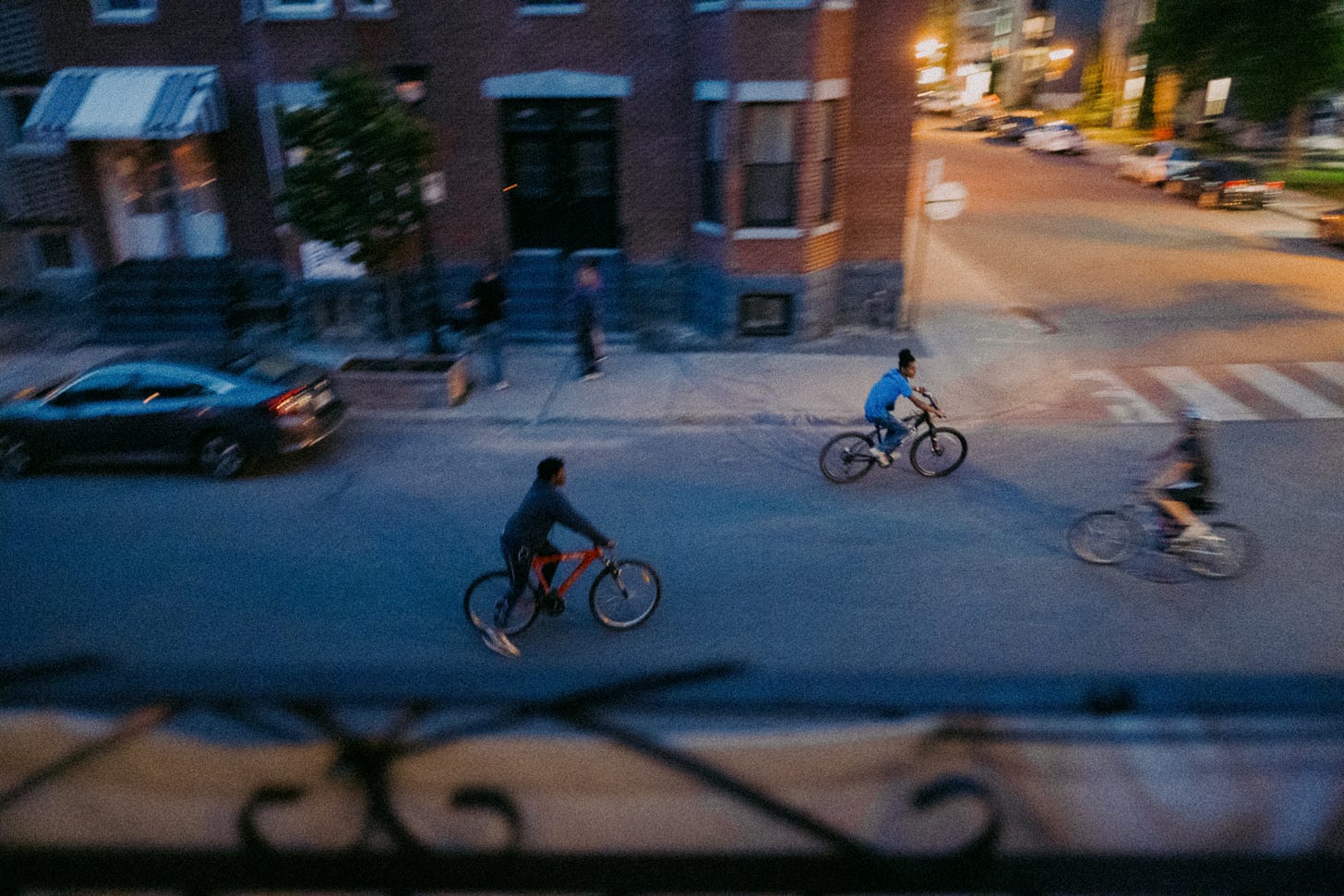
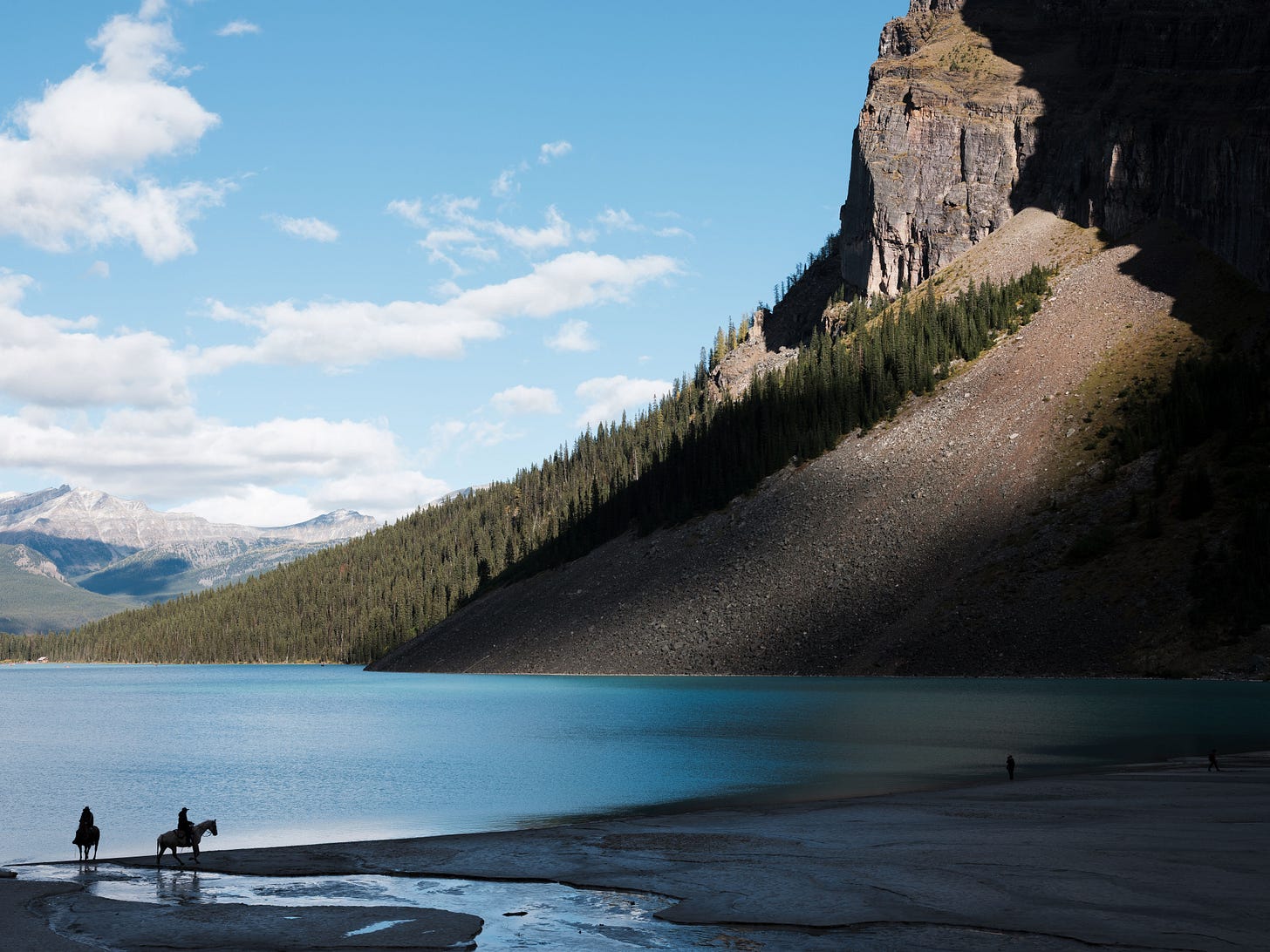
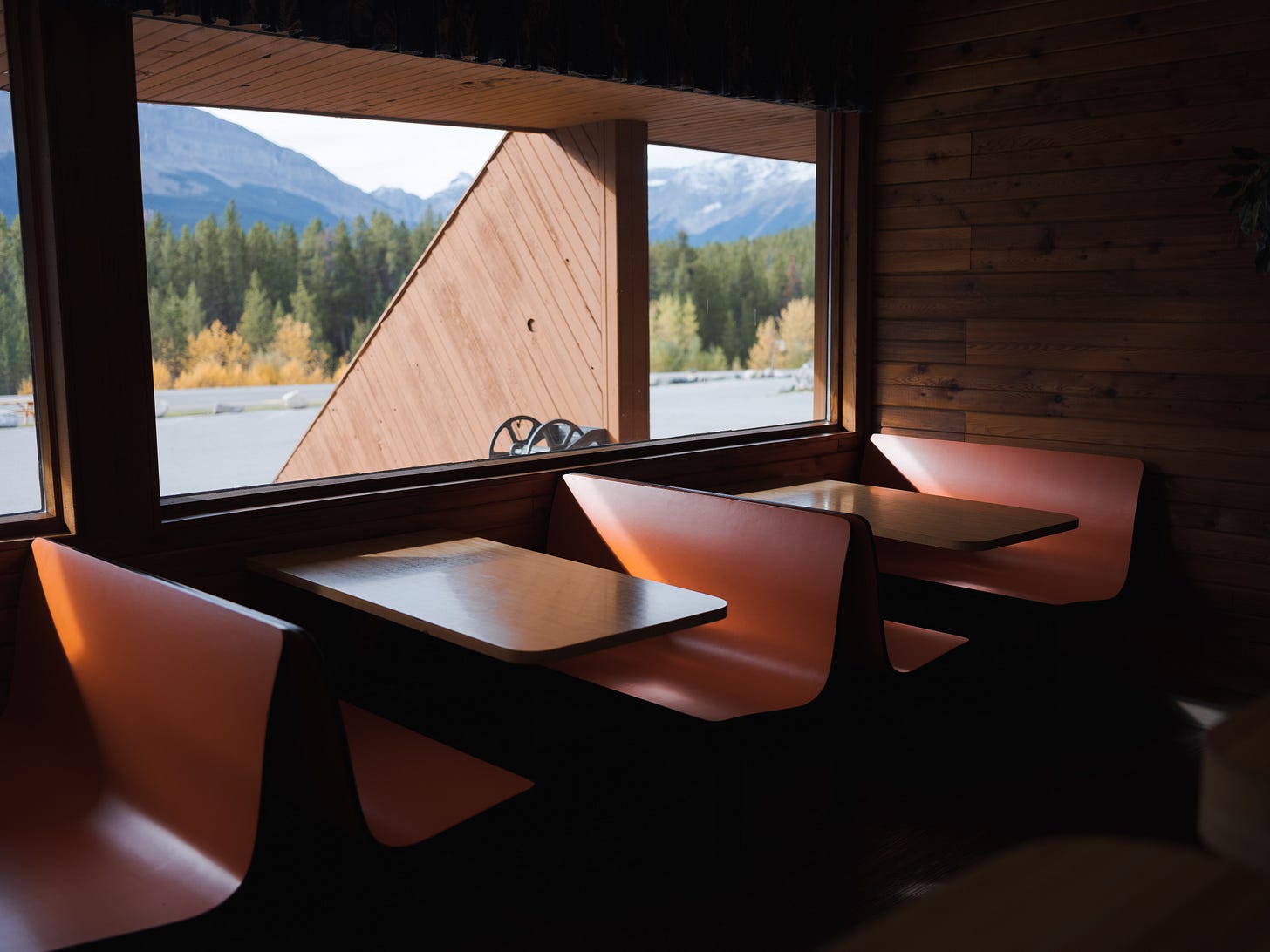
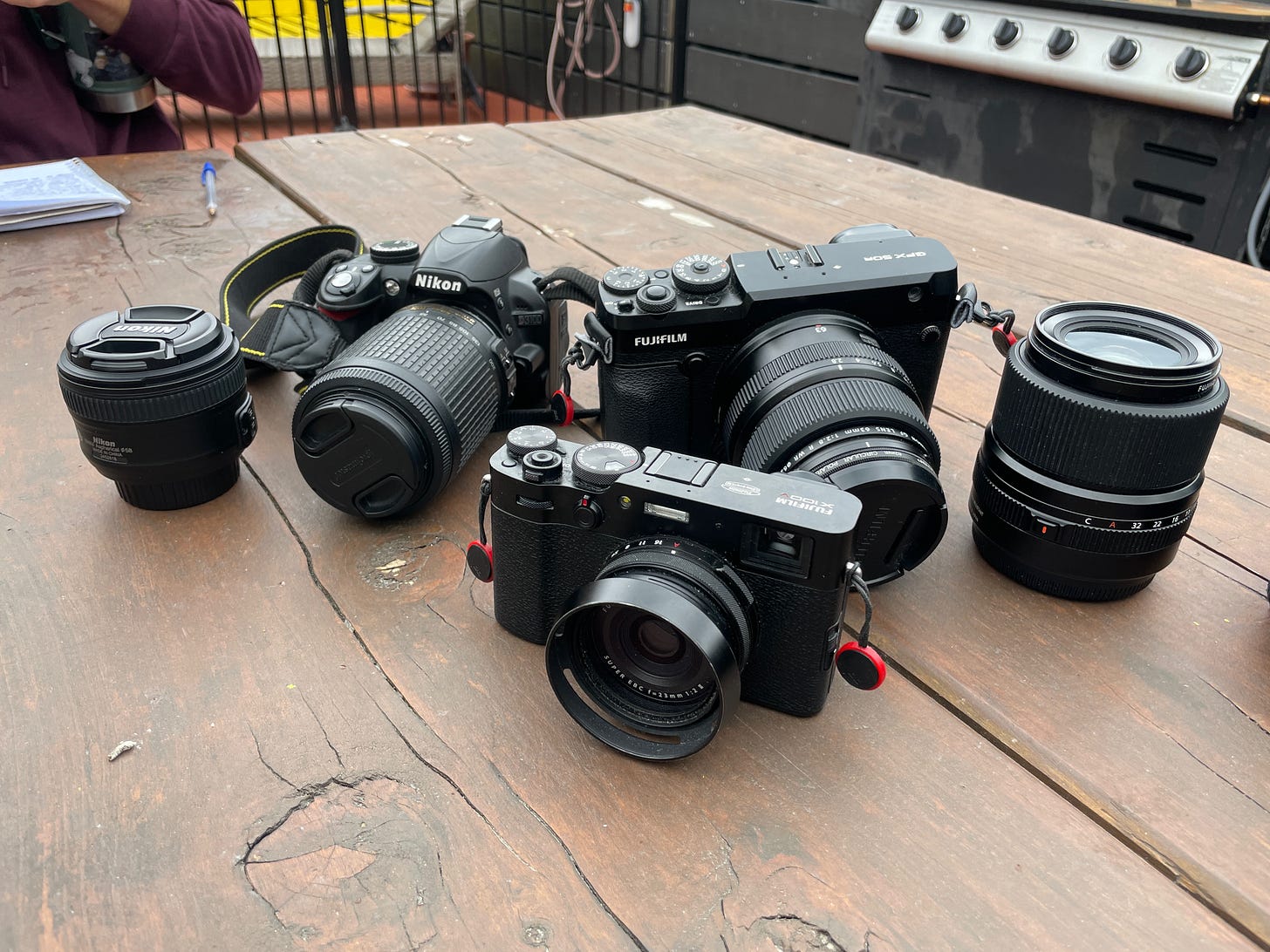
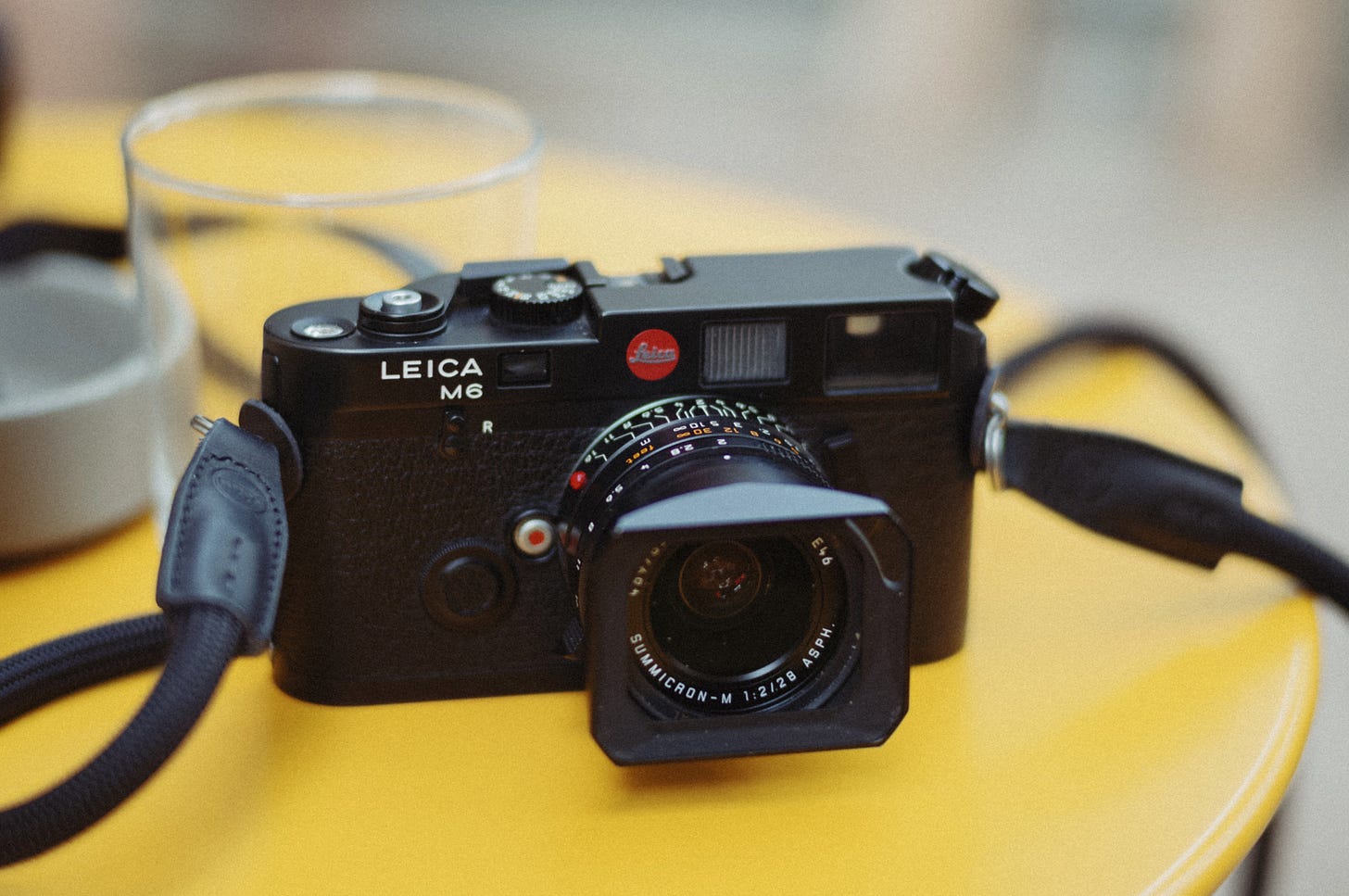
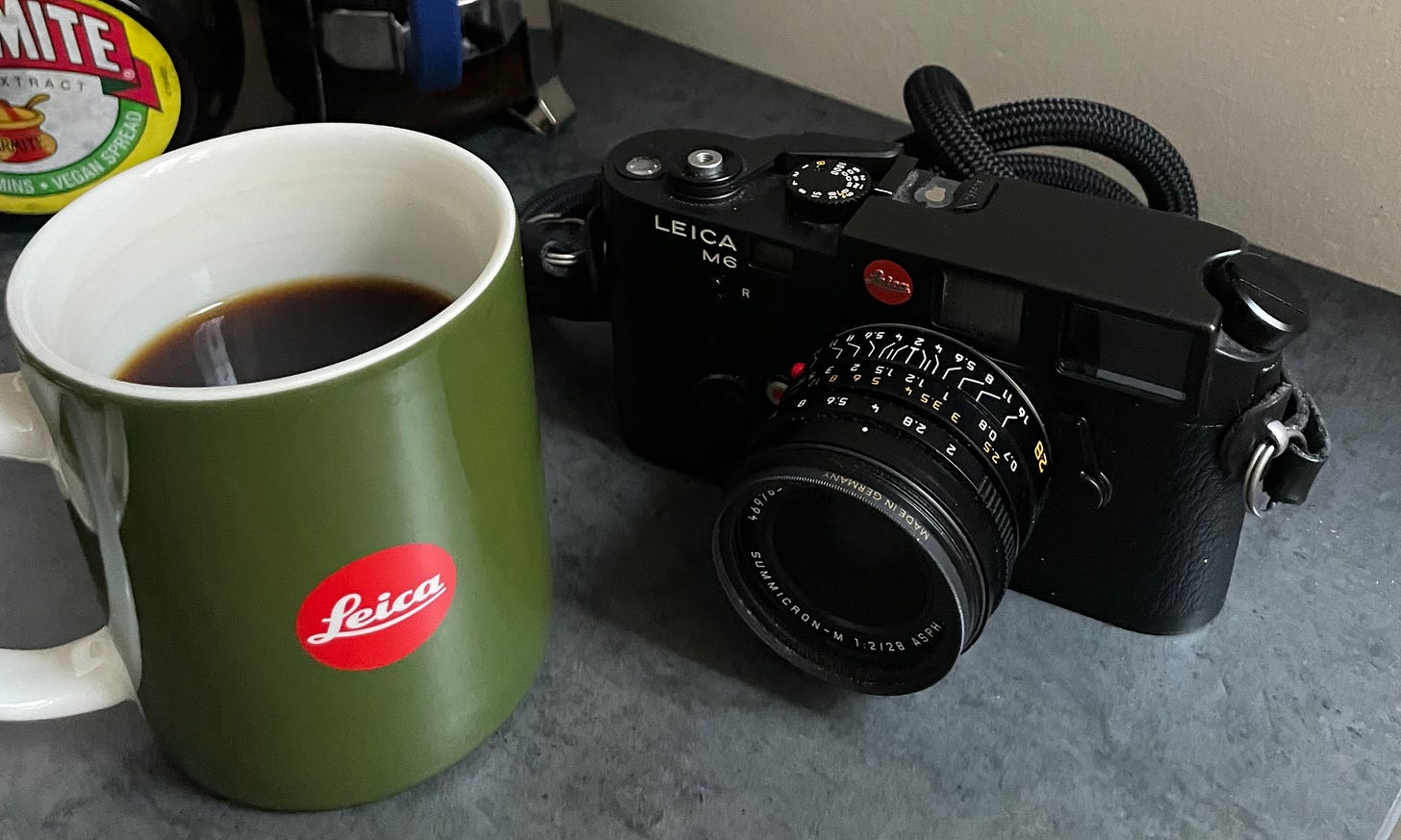
I have the M6 body w a 50 MM Summilux F1.4 lens. All the gear I will ever need. I don't own a flash, filters, or tripod. I use only one kind of b+w film. 1 speed. That's it for me. Focus in your mind on what you are photographing and forget the rest. Eventually, the camera becomes an extension of your arm, and the fear is gone. It is a great feeling.
I sold my ‘M4 and 35mm lens to finance buying a ‘x100v. Where I live we have no access to film processing and scanning so my ‘M4 kit was a brick except for my teaching purposes. I find the ‘x100v menu unnecessarily complicated and the manual even worse. But. When I just use it as I have used my M4 kit in the past, I find it as a worthy replacement for my Leica kit in the past. I am not in the financial position to buy Leica digital kit at the moment or in the near future.😎📷😎John Robinson